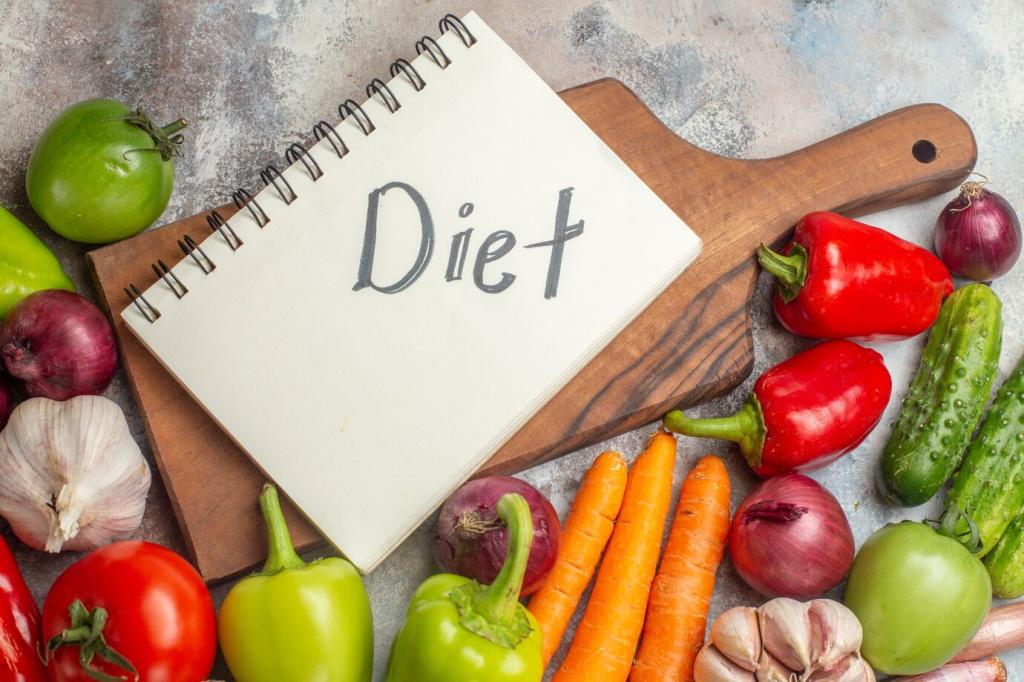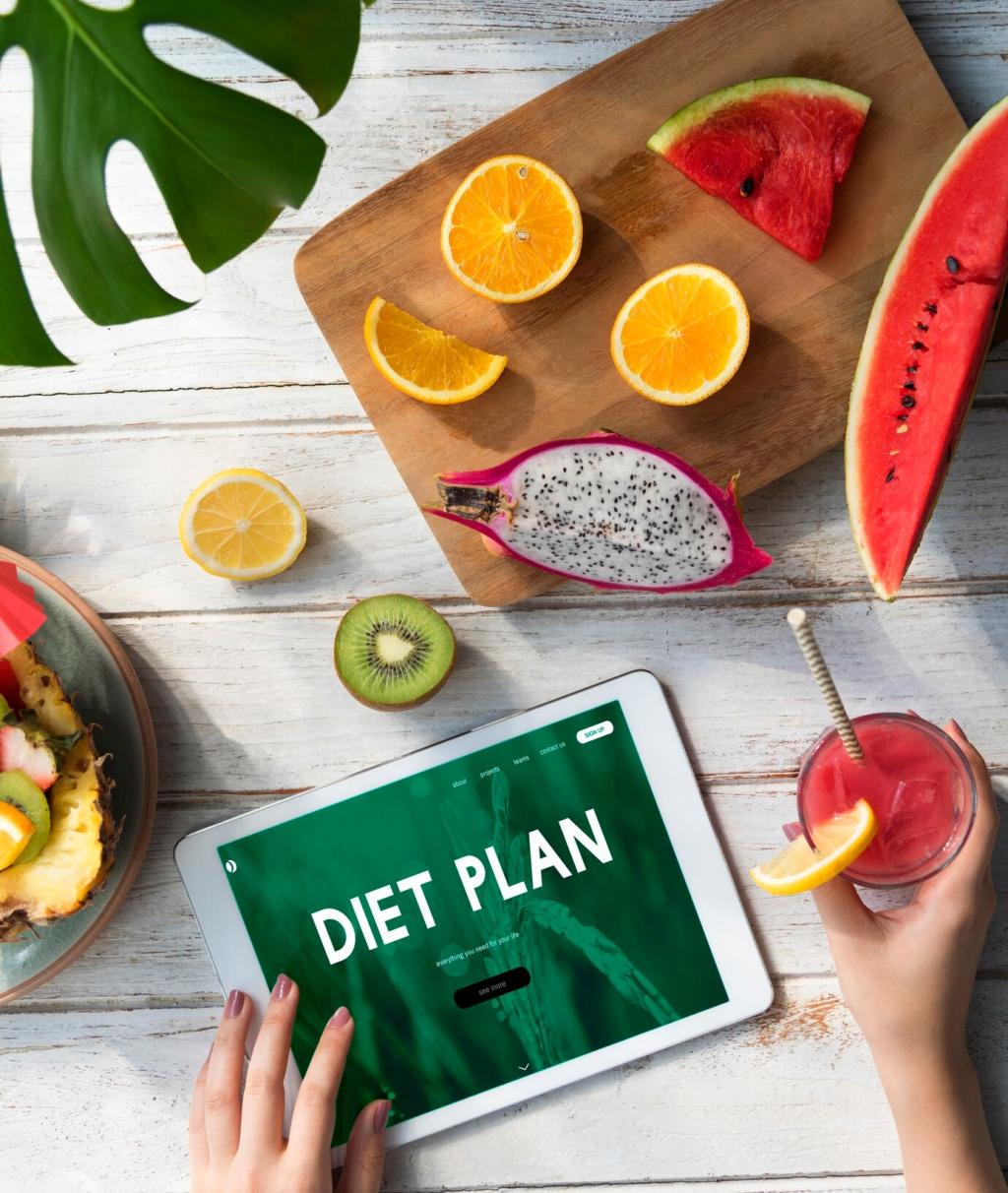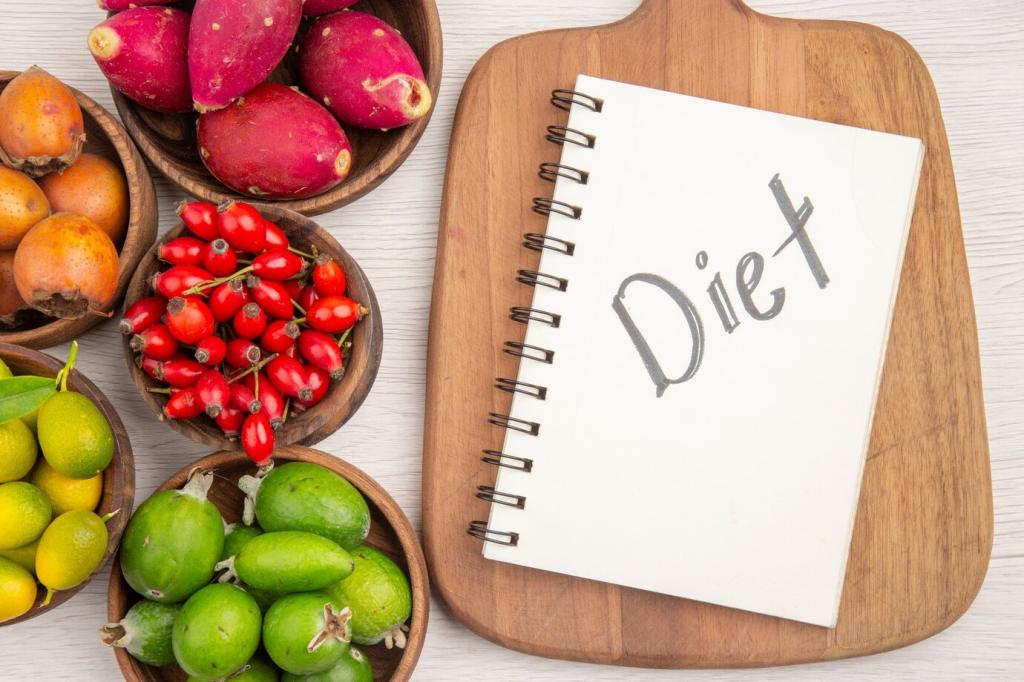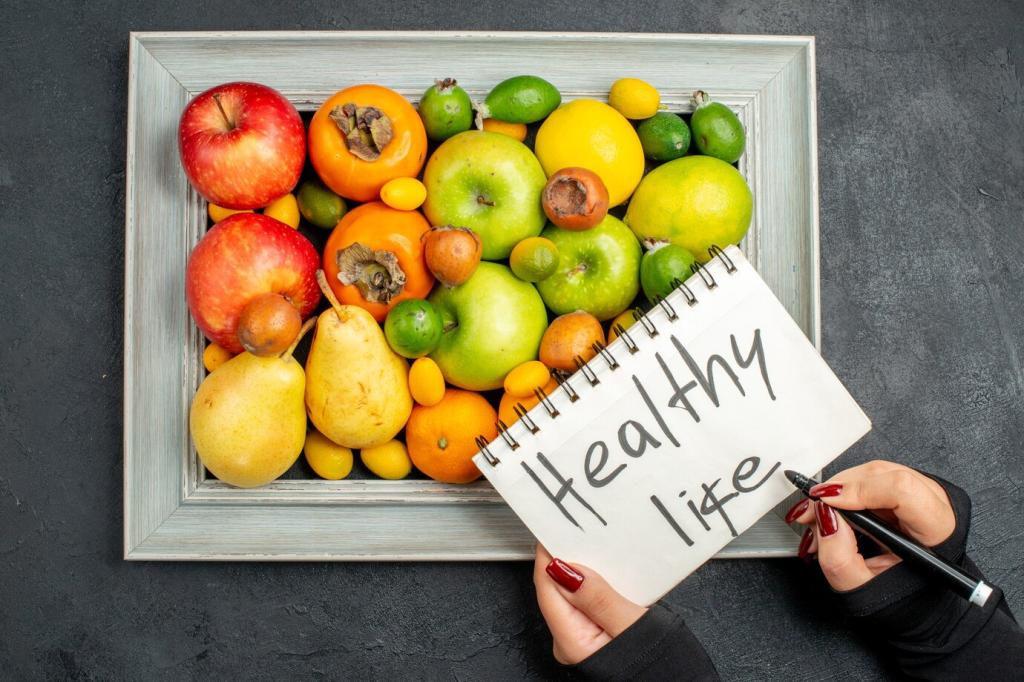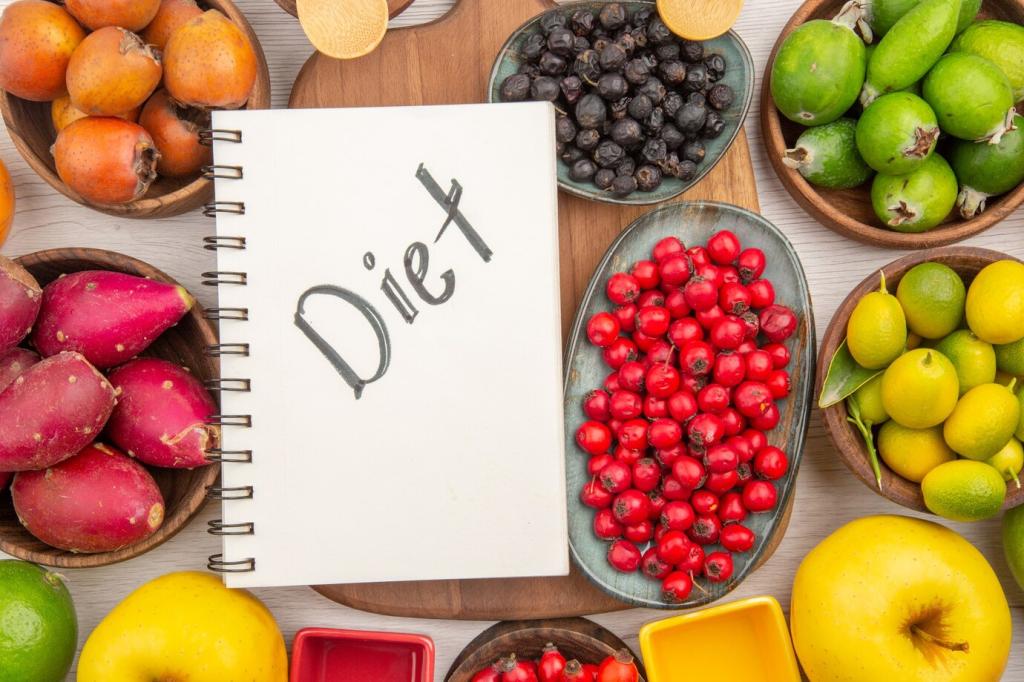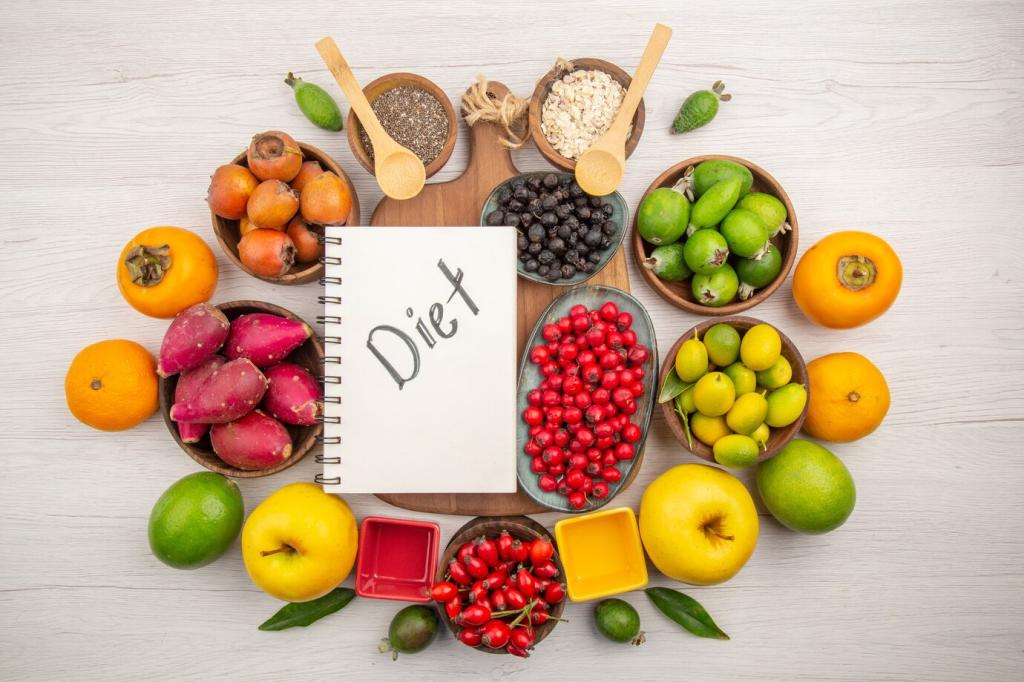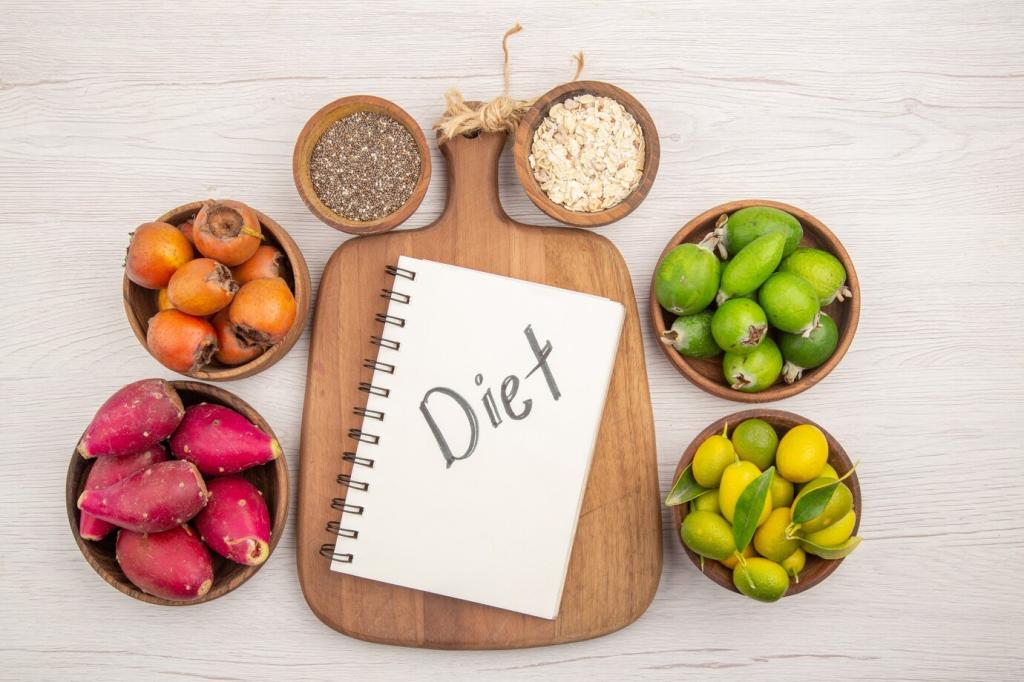Smart Ingredients for On-the-Go Power
Shelf-stable tuna or salmon pouches, smoked tofu, tempeh sticks, roasted chickpeas, and jerky made from grass-fed beef or turkey deliver protein without refrigeration. Pair them with whole grains or veggies to improve amino acid diversity. Have a favorite shelf-stable protein? Tell us how you season it.
Smart Ingredients for On-the-Go Power
Portable fats—almonds, walnuts, pumpkin seeds, coconut flakes, olive oil packets, and nut butter squeeze pouches—add flavor, improve vitamin absorption, and keep hunger at bay. Mix different nuts and seeds to vary omega profiles and textures. What’s your ideal crunchy-to-creamy fat combo on the go?
Smart Ingredients for On-the-Go Power
Choose slow-release carbs like steel-cut oats, quinoa, buckwheat, and whole-grain wraps. Dried fruit such as apricots or dates lends quick fuel plus minerals, especially when combined with nuts. Resistant starch from cooled potatoes or rice bowls can also help. Share your favorite smart carb pairing.
Smart Ingredients for On-the-Go Power
Lorem ipsum dolor sit amet, consectetur adipiscing elit. Ut elit tellus, luctus nec ullamcorper mattis, pulvinar dapibus leo.

